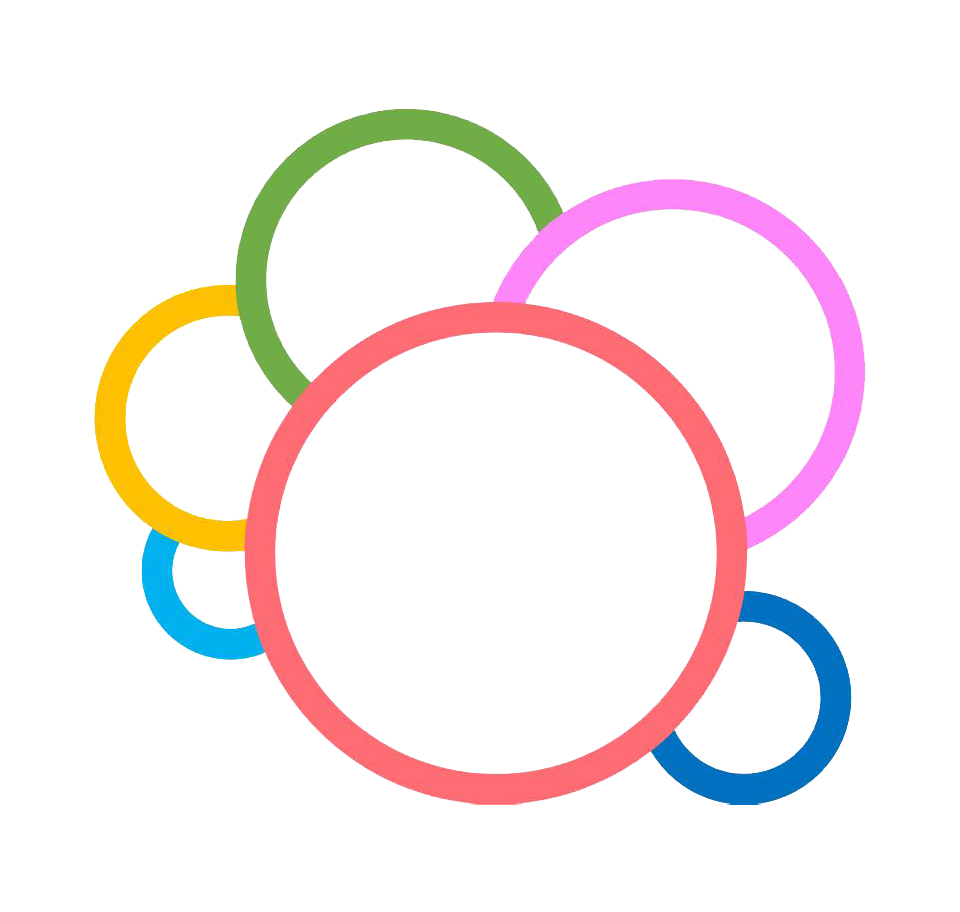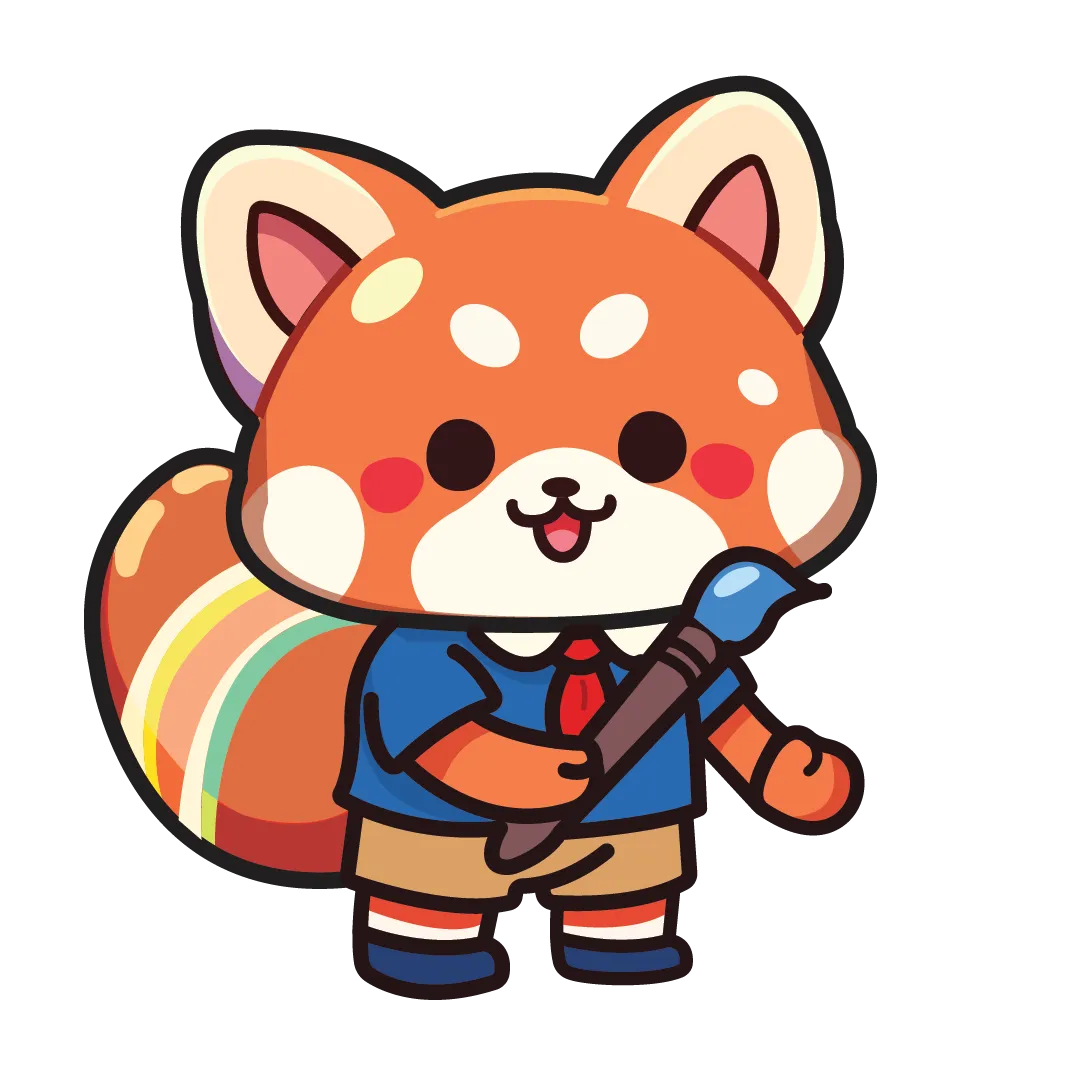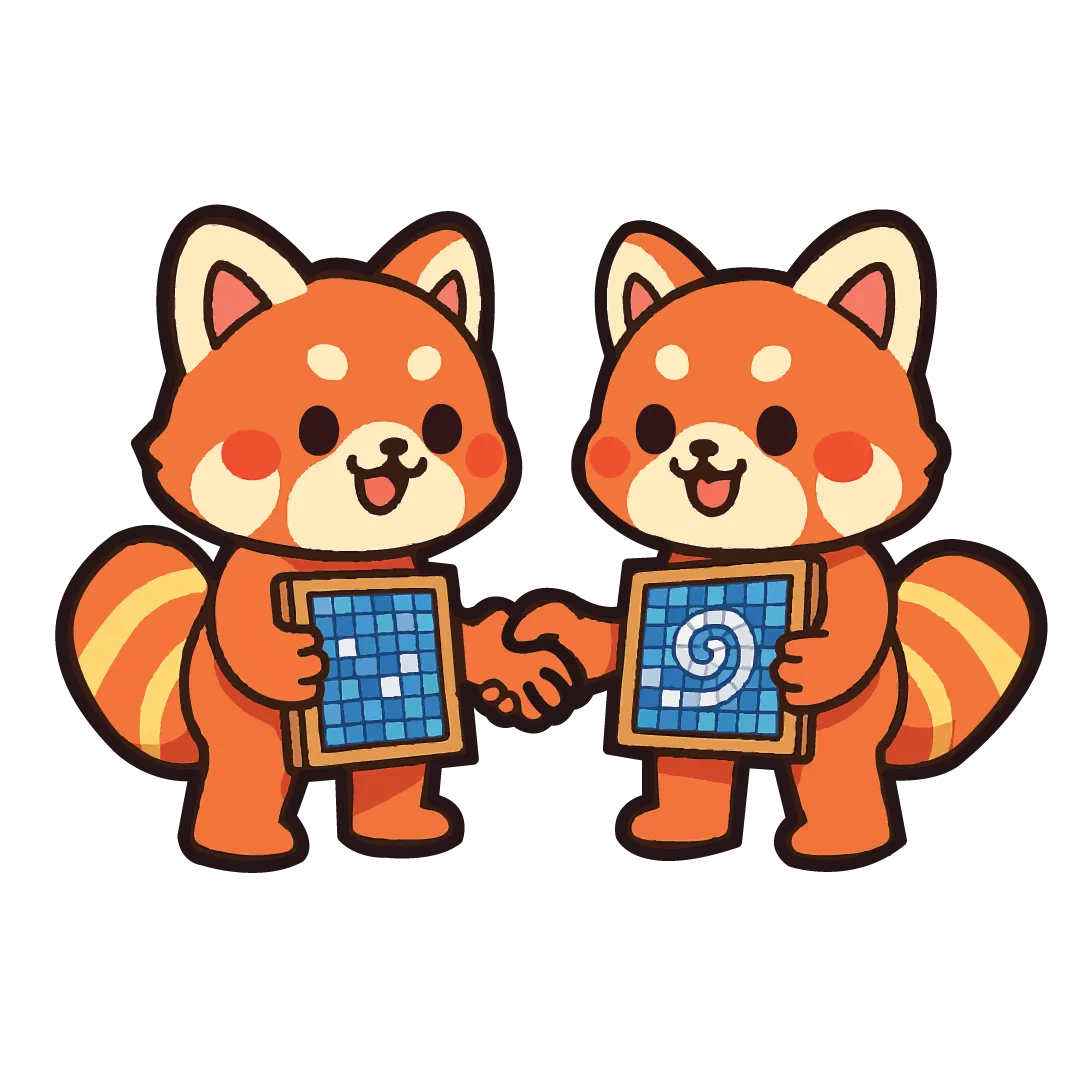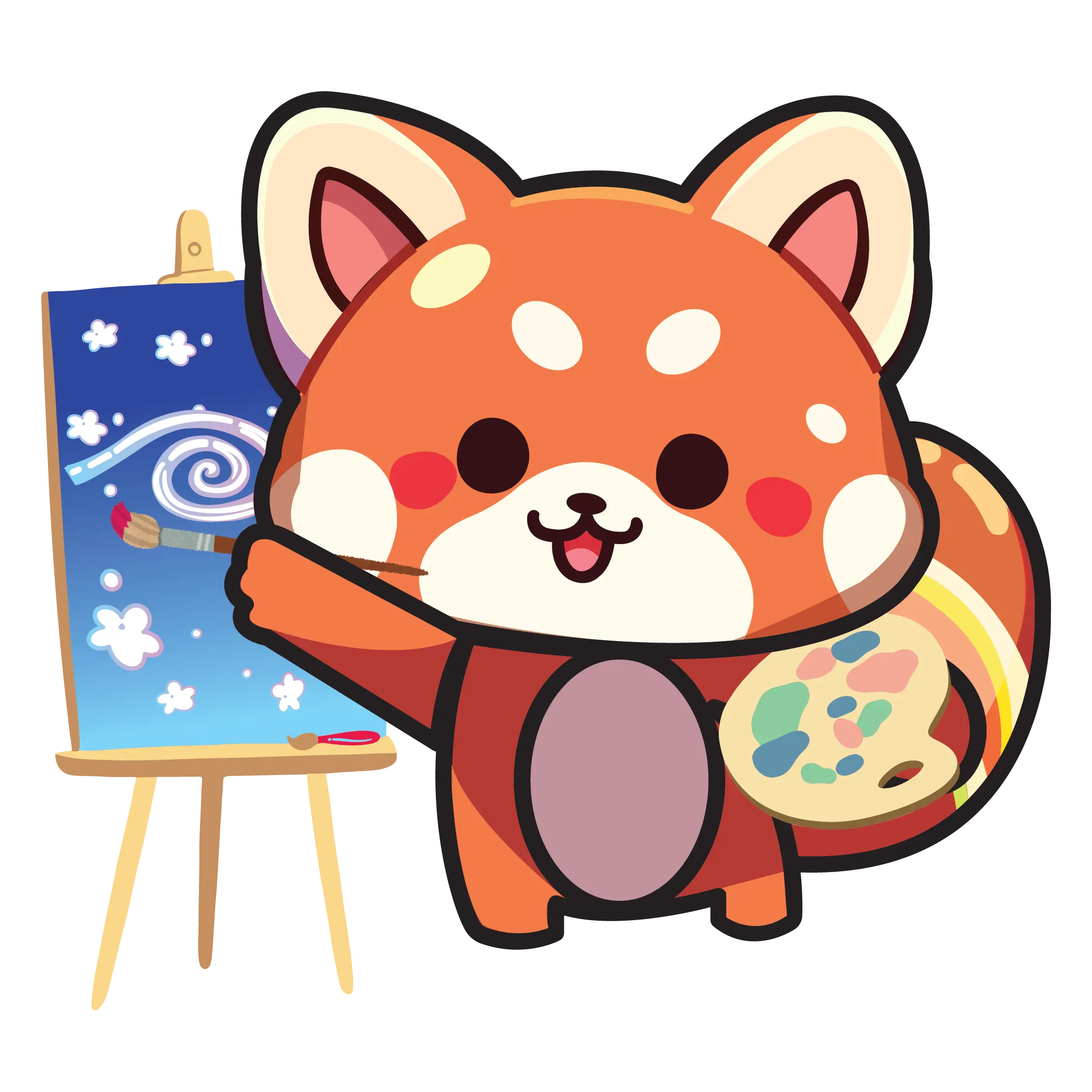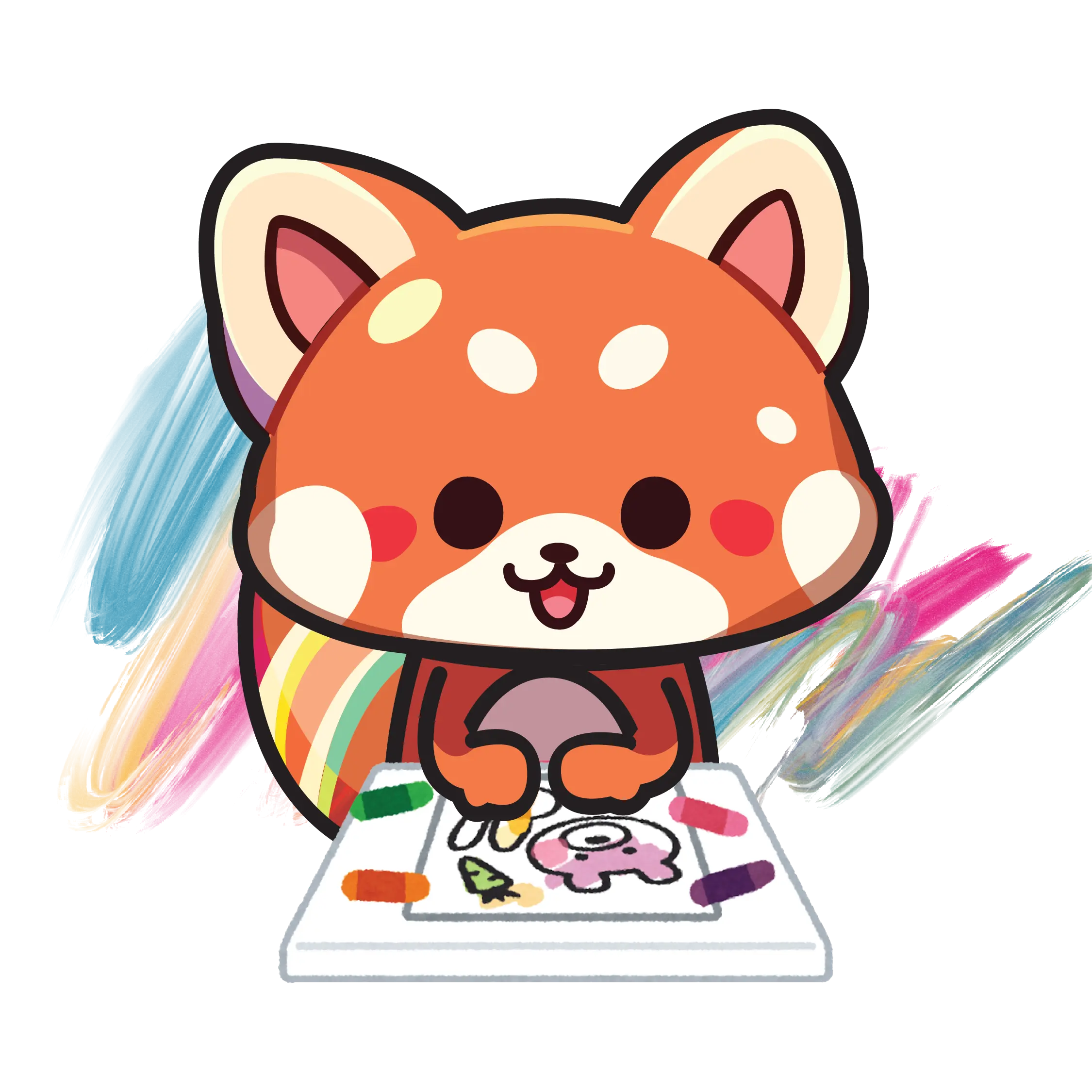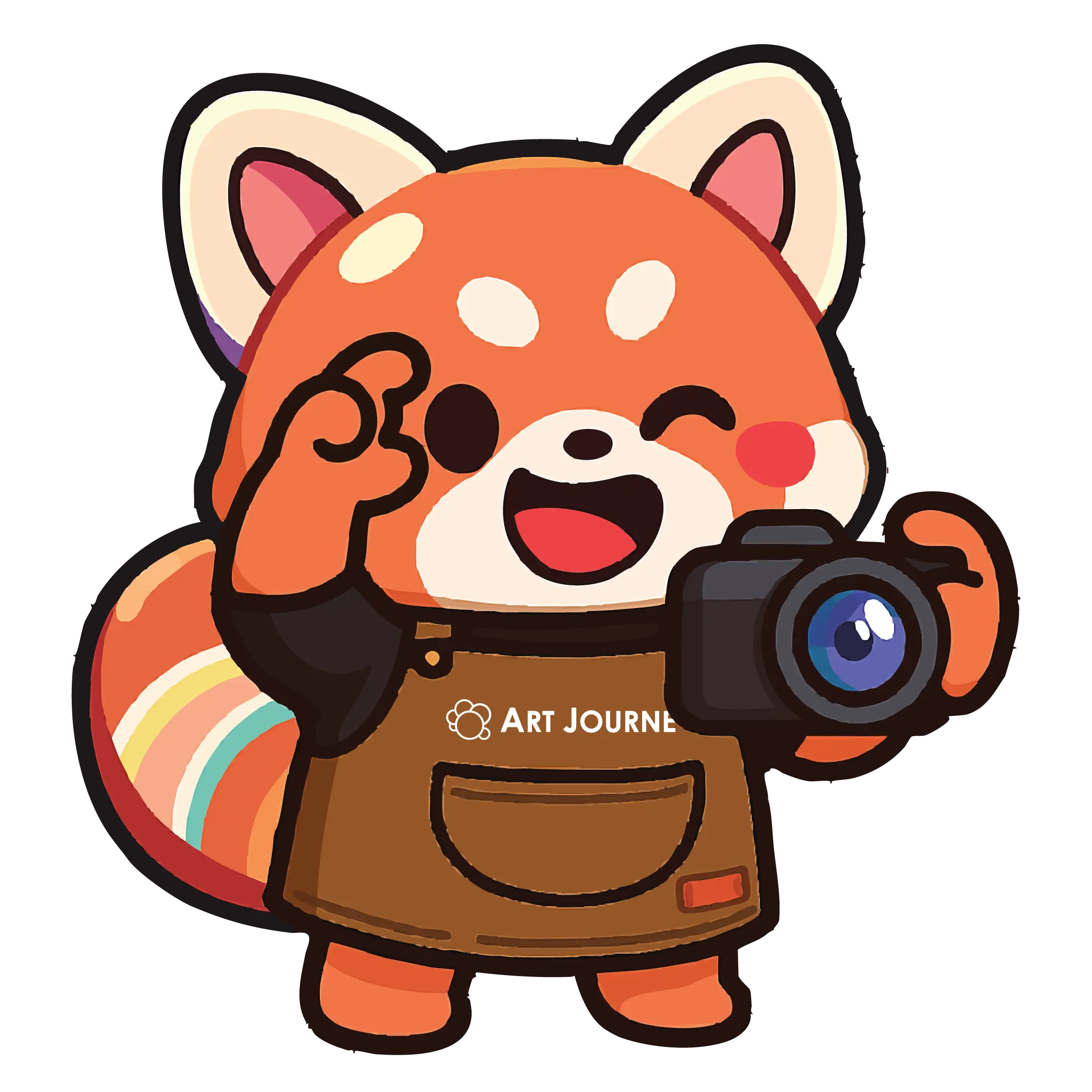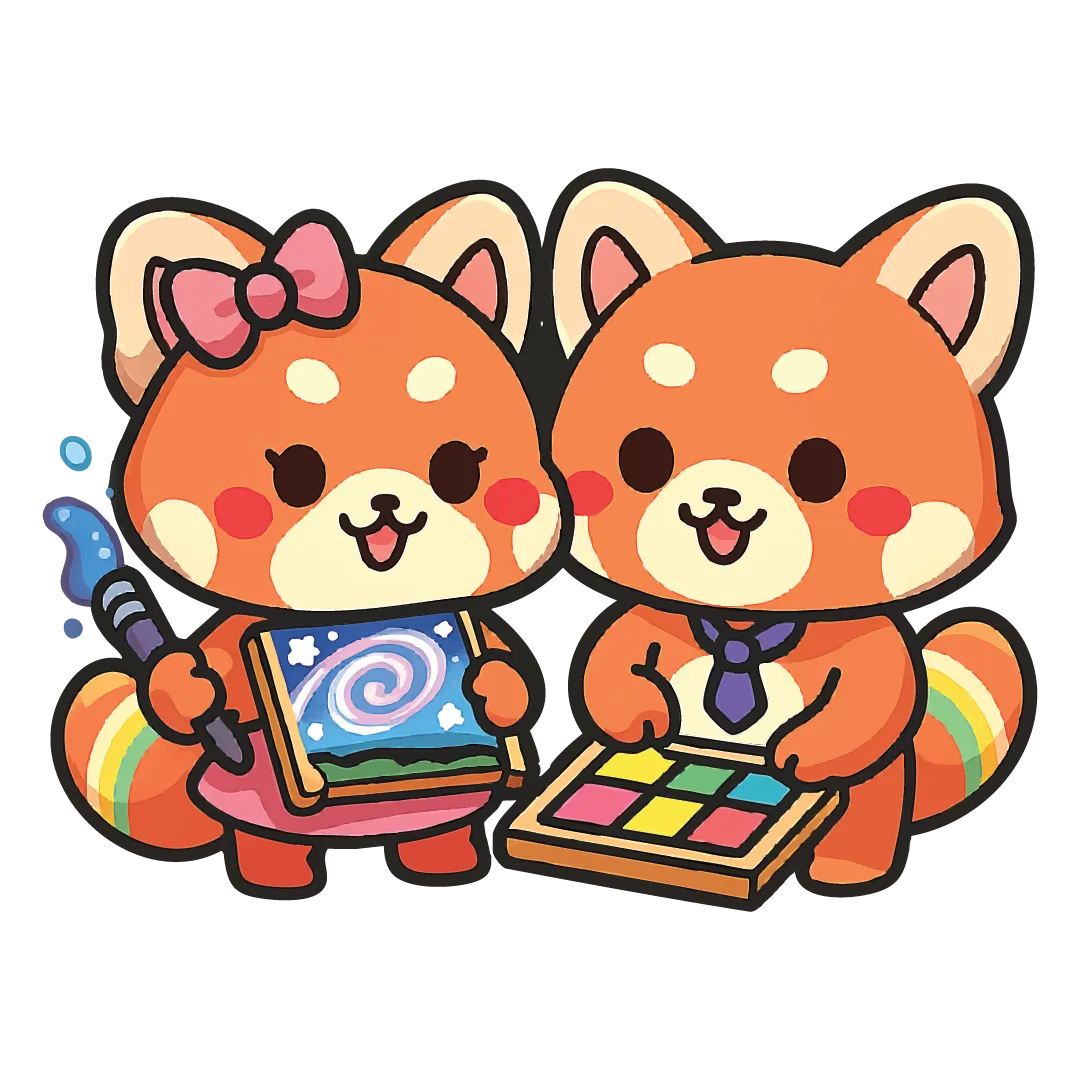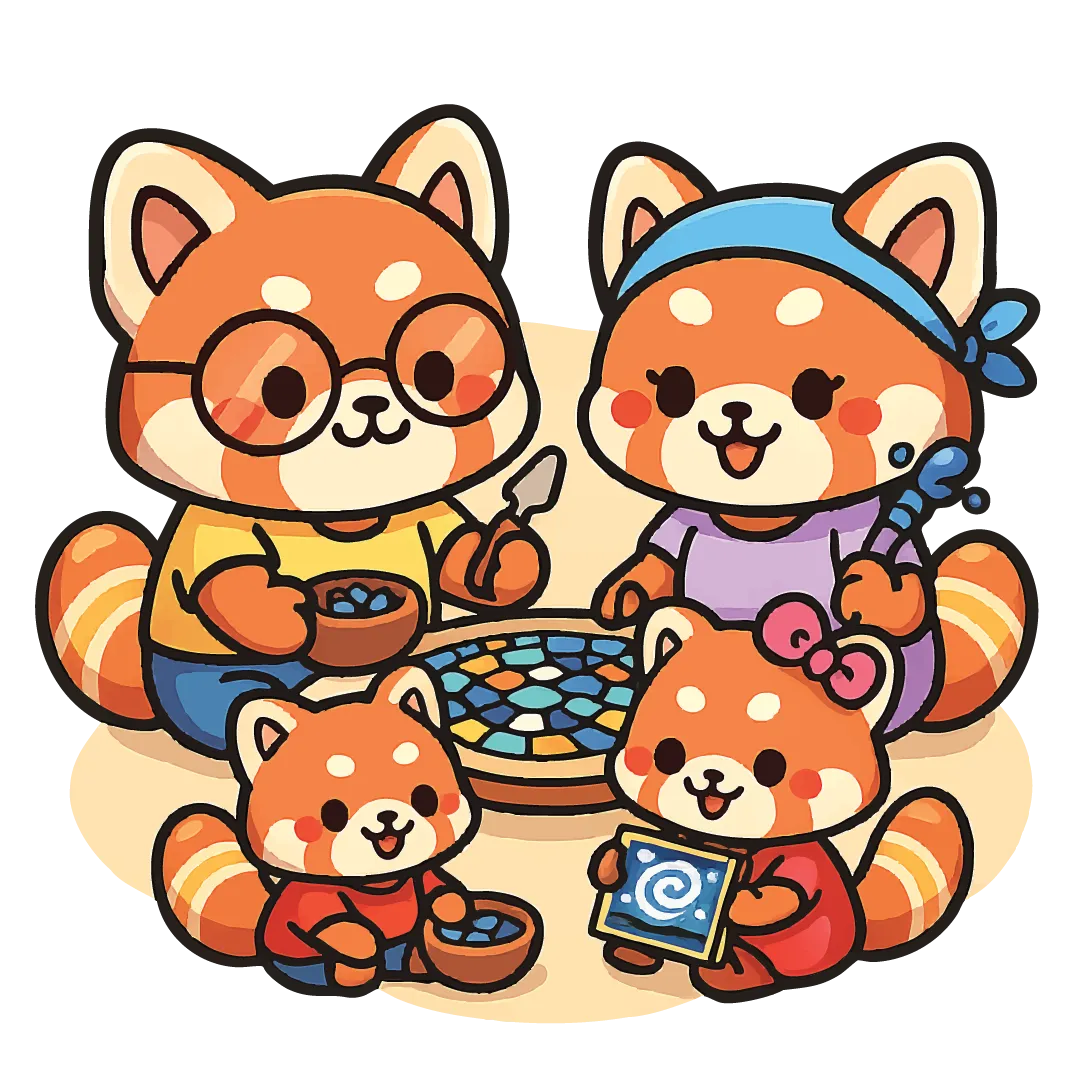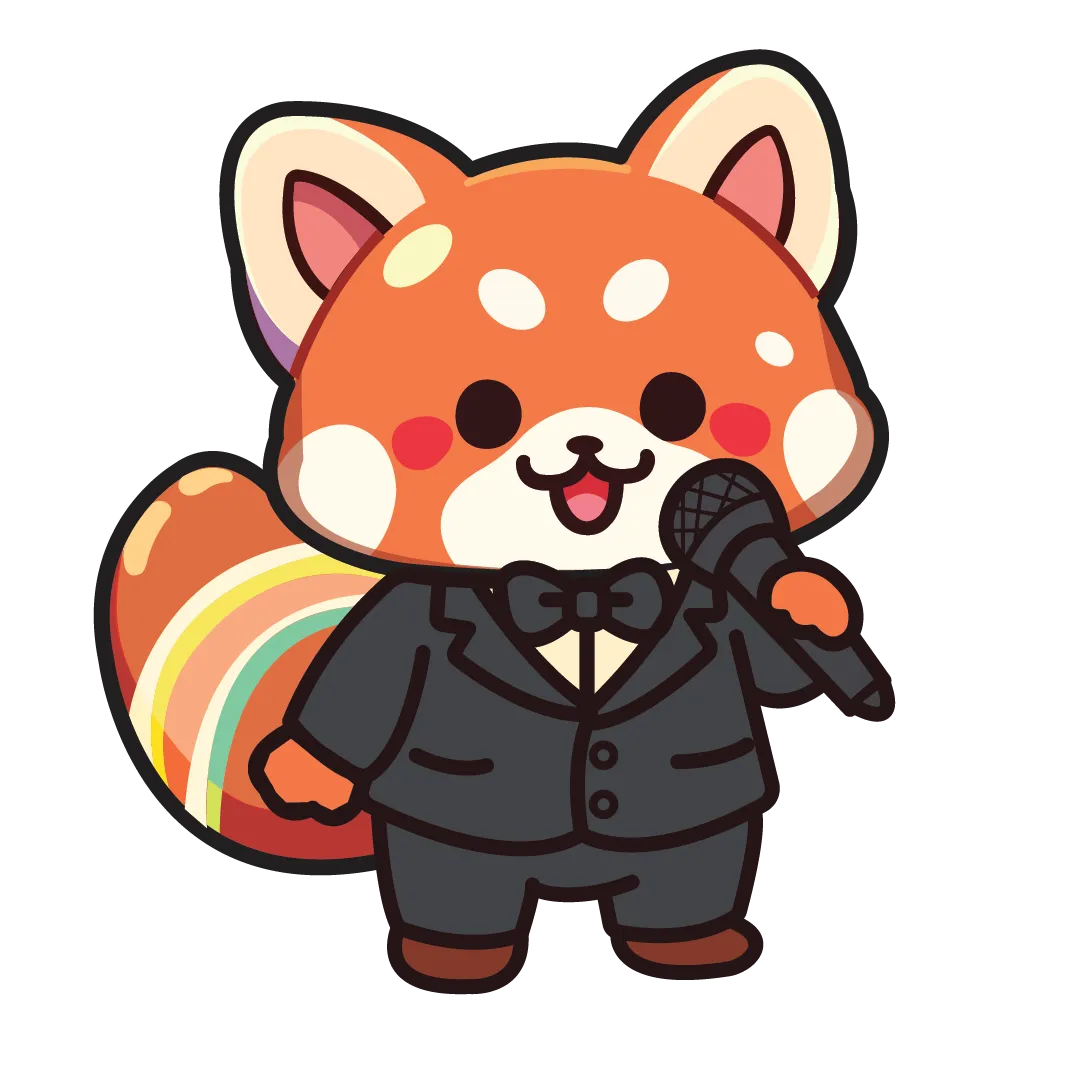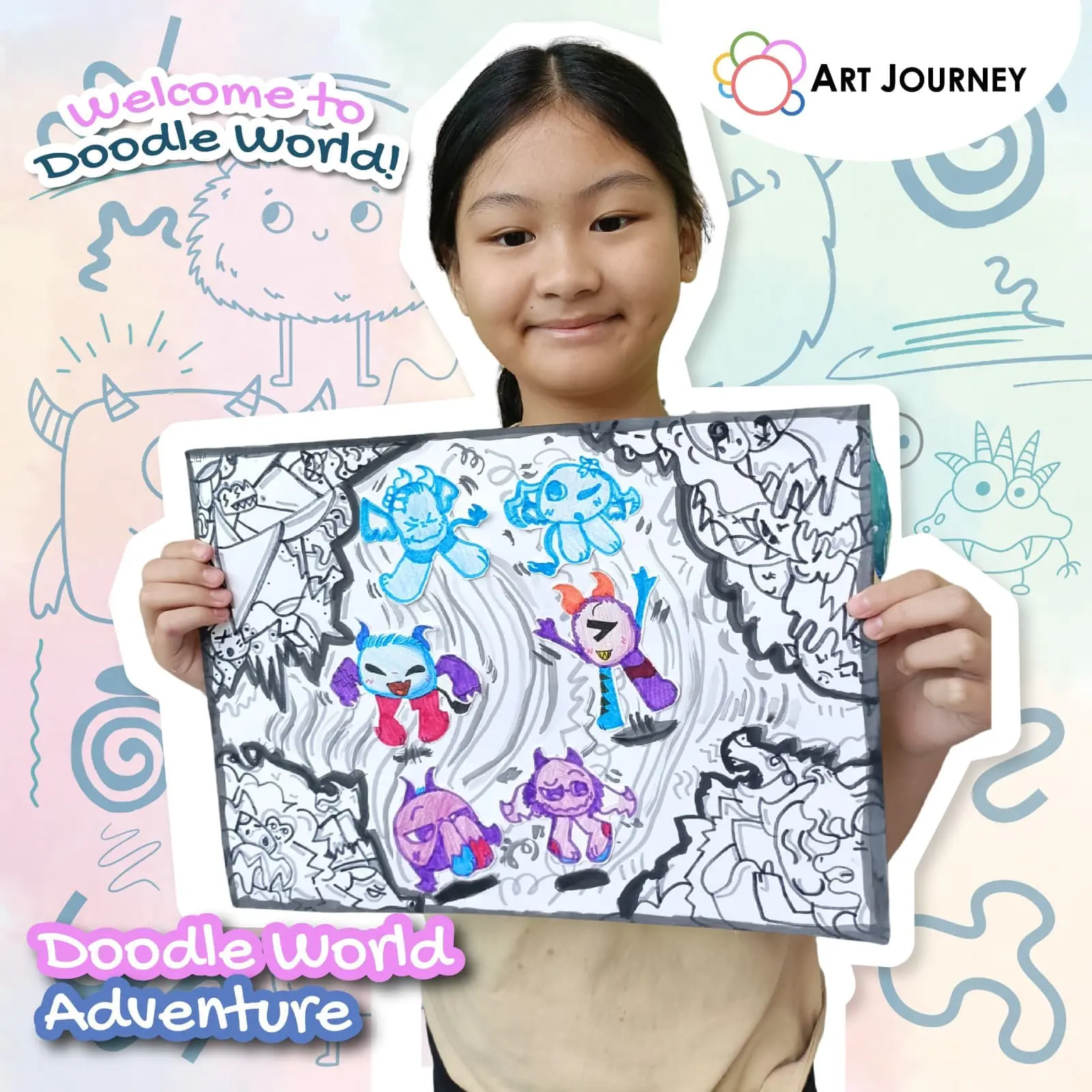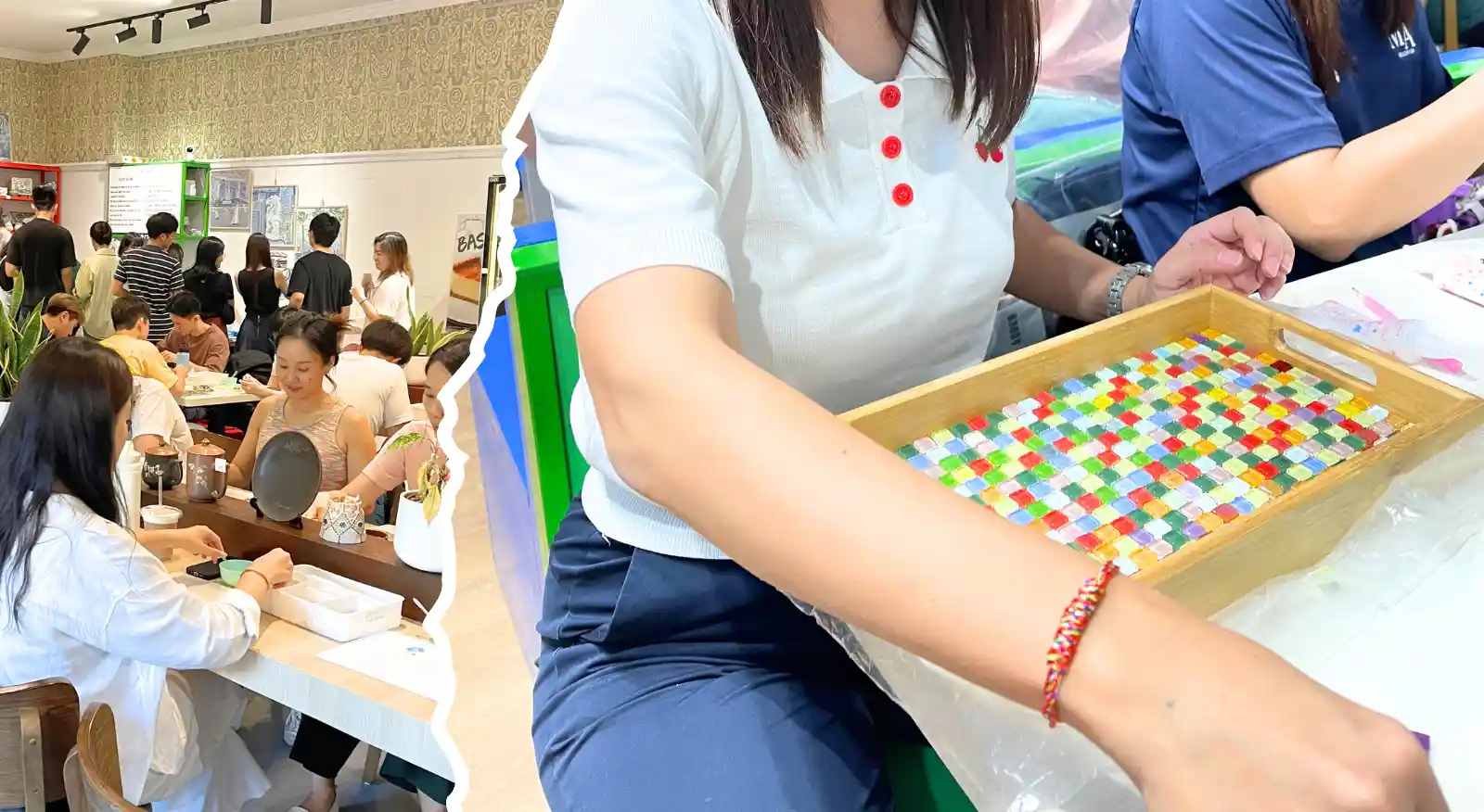
Building Company Culture Through Shared Creativity
Company culture is more than ping pong tables and casual Fridays — it’s the shared values, attitudes, and behaviors that shape how a team interacts and works together. While policies and leadership play a big role, some of the most powerful cultural shifts happen when people step away from their desks and connect as individuals.
One surprisingly effective way to build a stronger workplace culture is through shared creative experiences. Whether it’s a casual painting session, a collaborative mosaic activity, or a hands-on art workshop, creative bonding offers something many office initiatives don’t: authentic, human connection.
Let’s explore how shared creativity can transform your workplace culture — and why more companies are turning to the arts to unite their teams.
Why Company Culture Matters More Than Ever
Workplace culture affects everything from employee retention to innovation. A strong culture leads to:
- Higher morale
- Better collaboration
- Improved communication
- Greater employee loyalty
In a post-pandemic world where hybrid work is the norm, keeping teams connected and engaged can be challenging. This is where intentional team-building through creativity comes in.
What Is Shared Creativity?
Shared creativity is about making something together — not just in the traditional “work” sense, but through activities that encourage:
- Expression
- Collaboration
- Playfulness
- Non-verbal communication
These shared moments tap into parts of the brain and heart that don’t always get used in a business environment. They also help employees see each other in a new light — beyond roles and responsibilities.
How Creative Experiences Strengthen Company Culture
- Encourages Team Bonding in a Relaxed Setting
When employees work on a painting or craft project together, hierarchies fade. Everyone is a beginner again. It’s an equal playing field that encourages:
- Conversation
- Mutual support
- Shared laughs over paint spills and crooked lines
These relaxed interactions help build trust and understanding, which naturally carries over into workplace communication.
- Fosters a Sense of Belonging
Participating in something creative and non-work-related sends a clear message: “You are more than your job title.”
When employees feel seen and appreciated as individuals, they’re more likely to feel like they belong. And belonging is a key driver of motivation, satisfaction, and retention.
- Boosts Morale and Reduces Burnout
Creative sessions act as a mental break. They shift the brain into a different mode — one that promotes mindfulness and reduces stress. After just an hour of painting or hands-on crafting, people often report feeling:
- Refreshed
- Recharged
- More connected to themselves and their colleagues
This is especially important in high-pressure or fast-paced industries where burnout is a real concern.
- Inspires Innovation
Creativity isn’t just for artists — it’s essential in business too. When employees engage in creative activities, they:
- Learn to approach problems from different angles
- Become more open to experimentation
- Build the confidence to share new ideas
All of this translates into a more innovative, adaptable company culture.
- Reinforces Core Values in Action
Want to promote collaboration? Try a group mural. Hoping to cultivate patience and focus? Introduce clay sculpting. Creative team experiences can be designed to mirror the values your company wants to promote.
When employees physically embody these values through activity, the message sticks far more than it does in a slide deck.
Examples of Creative Team Activities
You don’t need to turn your office into an art studio. There are many easy ways to introduce creativity into your team culture. Here are a few popular ones:
Art Jamming Sessions
Teams gather in a studio (or virtually) to paint freely. No skill required — just an open mind and a brush. Art jamming promotes relaxation, spontaneity, and plenty of laughter.
Collaborative Mosaic Projects
Each team member contributes a piece to a larger artwork, symbolizing unity and shared vision. It’s great for visualizing company goals or celebrating milestones.
Clay or Craft Workshops
Tactile and engaging, these workshops offer hands-on fun and are great for teams that want to try something different from the usual office games.
On-Site Art Activities
If your company prefers to stay in-office, many art providers offer mobile workshops that bring everything needed to your workplace.
In Singapore, Art Journey offers a range of team-oriented creative workshops that are beginner-friendly, highly customizable, and suitable for groups of all sizes. Many businesses have found success in organizing quarterly creative sessions as part of their employee wellness or HR programs.
What Makes a Creative Workshop Effective?
To get the most from shared creative experiences, make sure the session is:
- Inclusive: Suitable for all skill levels, with clear guidance
- Structured but flexible: Allow freedom of expression while offering support
- Tied to intention: Consider linking the activity to a company value or team objective
- Encouraging collaboration: Group projects can help highlight the power of teamwork
Case Study: A Team Transformed
One marketing firm in Singapore had struggled with communication across departments. They booked a mosaic art session where each department was responsible for a section of the final piece.
The result? Departments that rarely spoke were suddenly brainstorming together on colors and designs. The finished artwork now hangs in the office as a daily reminder of what collaboration can achieve.
This kind of symbolic activity can have lasting impact — far beyond a team lunch or typical bonding game.
